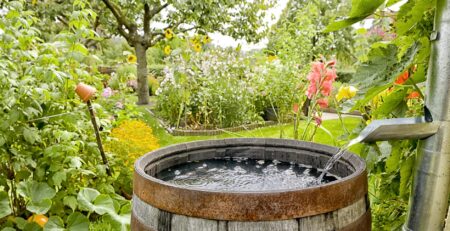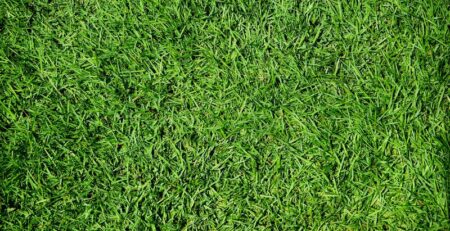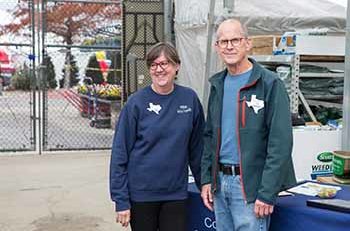White Grub Worms
Q: My grass isn’t greening up in the spring. It looks dead and lifeless, and when I pull on the turf, the leaves and runners come up easily in large pieces. What’s wrong?
A: You may be seeing damage from white grub worms, the larval stage of the June bug (beetle) Phyllophaga. Grub worms feed on the roots and other parts of turf one to two inches below the surface. All varieties of both warm-season and cool-season grasses can be damaged by grub worms, but they are much less of a problem now than they were decades ago.
Identifying grub worm damage
Look for irregularly-shaped patches of dead turfgrass that resemble a drought-stressed lawn. If severely damaged, the grass can be pulled up like a piece of carpet padding. Skunks, racoons, and armadillos find grub worms a tasty treat and they can damage golf courses, home lawns, and athletic fields by digging up and feeding on the insects.
A face only a mother could love
To say grub worms are unattractive is an understatement. In the mature larval stage, the grub has a C-shaped body about three-quarter-inch long with three pairs of legs and a brown head.
Controlling grub worms
To control grub worms successfully, the treatment must be timed with their life cycle.
Mating flights of June bugs occur in mid-June in North Central Texas. The male insects fly above the turf looking for females and buzz around outside lights. After mating, the females deposit eggs in moist soil. The eggs hatch three to four weeks later and become grubs.
The ideal time to treat grub worms in Dallas is early to mid-July, four to six weeks after the June bugs’ major mating flight. The small grubs are nearer the surface of the soil then and more responsive to insecticide.
As grub worms mature and molt, they grow bigger and are more difficult to treat. The largest grubs also do the most damage, growing to full larval size by late summer. Left untreated, white grubs happily continue to feed. By late September and October, the grass may look dry in irregular patches, showing grub worm damage. When the soil cools in November, the grub worms stop feeding and go dormant until spring.
Homeowners often notice damage in the spring when June bug larvae pupate and prepare to transform into beetles. Insecticides, however, are not effective in the spring.
Do you need to treat?
If you see yellowing or dying patches of lawn and suspect grub worm damage, be sure to sample your soil before treating. Lack of water and some turfgrass diseases can mimic grub worm damage. Plus, other lawn beetle larvae, also grub worms, may not be damaging to your lawn. To sample your soil, dig up a one-square-foot section of sod at the edge of the affected area with a square-bladed shovel. Lay the sod aside and look through the root zone in the top four inches of soil. Treat with a labeled turf insecticide if you find five to 10 grubs per square foot. If you find a smaller number of grubs, don’t treat. The grass will recover on its own.
Irrigating the soil before and after treating with insecticides, particularly when the soil is dry, is essential. Always read and follow all label directions carefully.
Organic control
Nematodes, microscopic worms that live in the soil, have been shown to be effective against grub worms. Water the soil so it is moist before applying nematodes, and add one-half to one inch of water immediately after spraying nematodes on the soil.
Texas A&M AgriLife Extension offers more detailed information on White Grubs and White Grub Identification and Control online. They also offer a publication on White Grubs in Texas Turfgrass that you can download for free.












